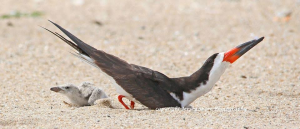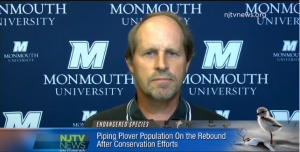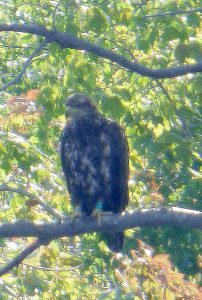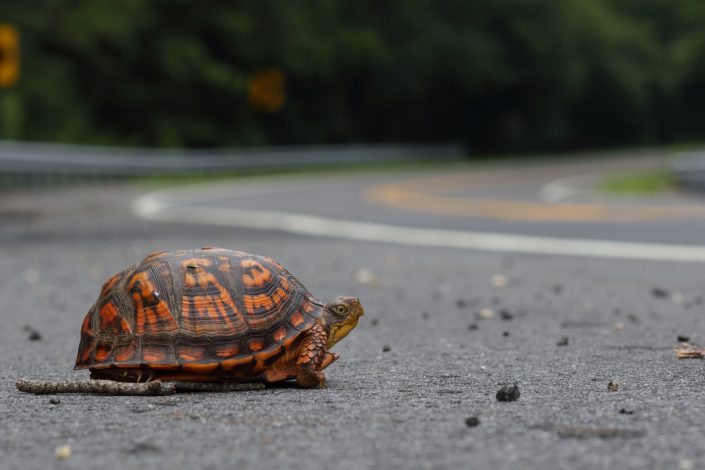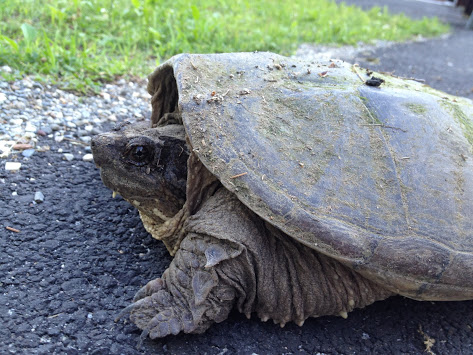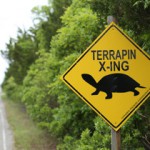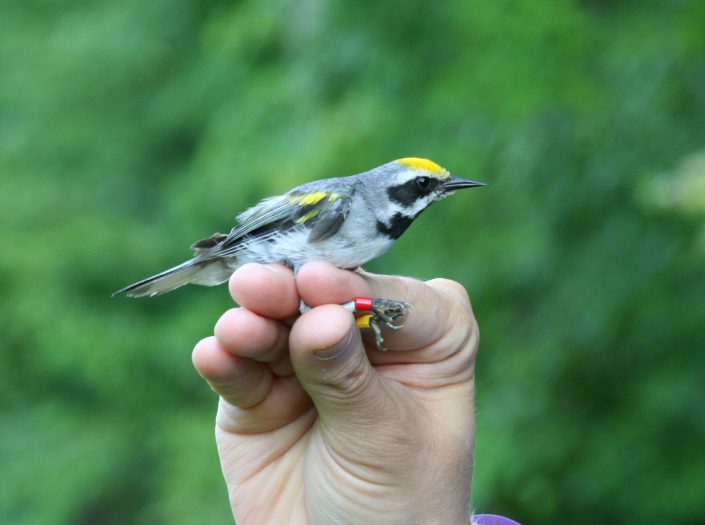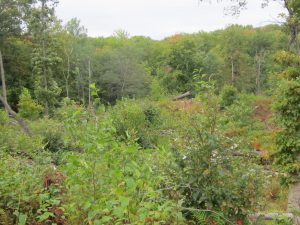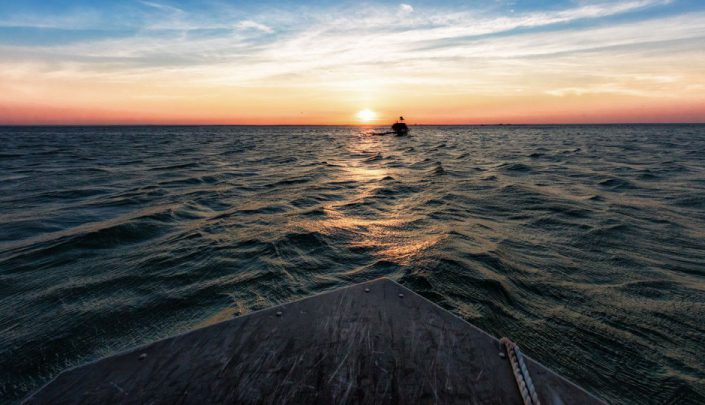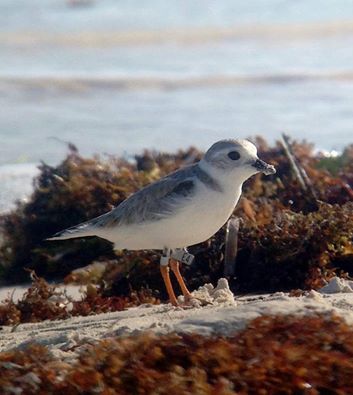Keeping Turtles Wild
TURTLES SHOULD NEVER BE TAKEN FROM THE WILD!
by Kathleen Wadiak, CWF Intern
Have you ever seen a cute little turtle on the roadside or in a river or lake? Lots of people have had the pleasure of seeing turtles in the wild- as they are often easy to see and not too weary of people! This time of year, turtles are beginning to hatch after months of developing inside eggs that were laid in the spring. When turtles are just hatched they are the most vulnerable to predators and even humans! Most hatchling turtles can fit inside the palm of your hand. Often time humans have the misconception that a small turtle is a helpless turtle. Turtles are wild and unless they are trapped or diseased- they do not need our help!
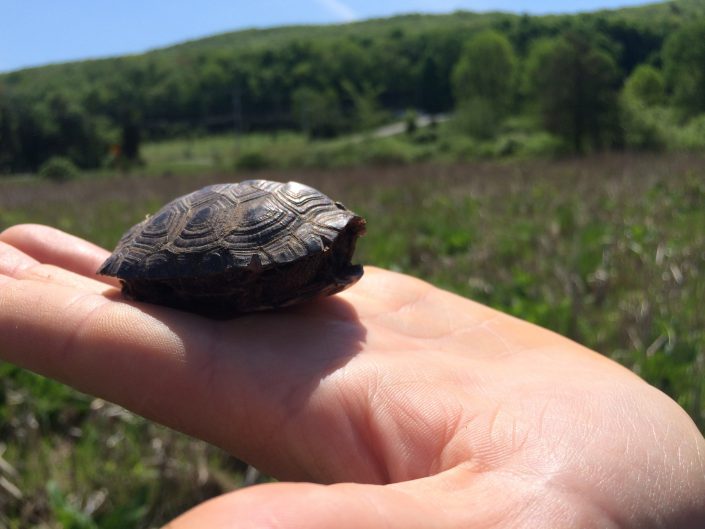
If you find a turtle, please leave it – even if the surroundings seem strange to you, it probably feels right at home. Moving turtles away from their home range can cause disorientation and leave it vulnerable to predators or other hazards.
If a turtle is ON a roadway- then it can be quickly helped off the road! Please see our recent blog post about helping turtles on the road. If you do move a turtle off the road, never take the turtle to a completely new location. Finally, handle it as little as possible to reduce the risk of injury or disease for you and the turtle.
It can be exciting to see a turtle in the wild, and it may be tempting to continue to handle it or even take it home to keep as a pet; however, it is important to remember that they are wild animals and will live much better lives in their natural habitat than they will in a tank. In many cases, wild caught turtles do not adjust to captivity, as they do not react well to sudden space and dietary restrictions. Furthermore, only a small percentage of wild turtles survive to adulthood, so removing them from the population can be detrimental to that population’s future.
Thanks for helping us Keep Turtles Wild!
LEARN MORE
- Conserve Wildlife Foundation Field Guide: Bog Turtle
- Conserve Wildlife Foundation Field Guide: Eastern Box Turtle
- Conserve Wildlife Foundation Field Guide: Northern Diamondback Terrapin
- Conserve Wildlife Foundation Field Guide: Spotted Turtle
- Conserve Wildlife Foundation Field Guide: Wood Turtle

